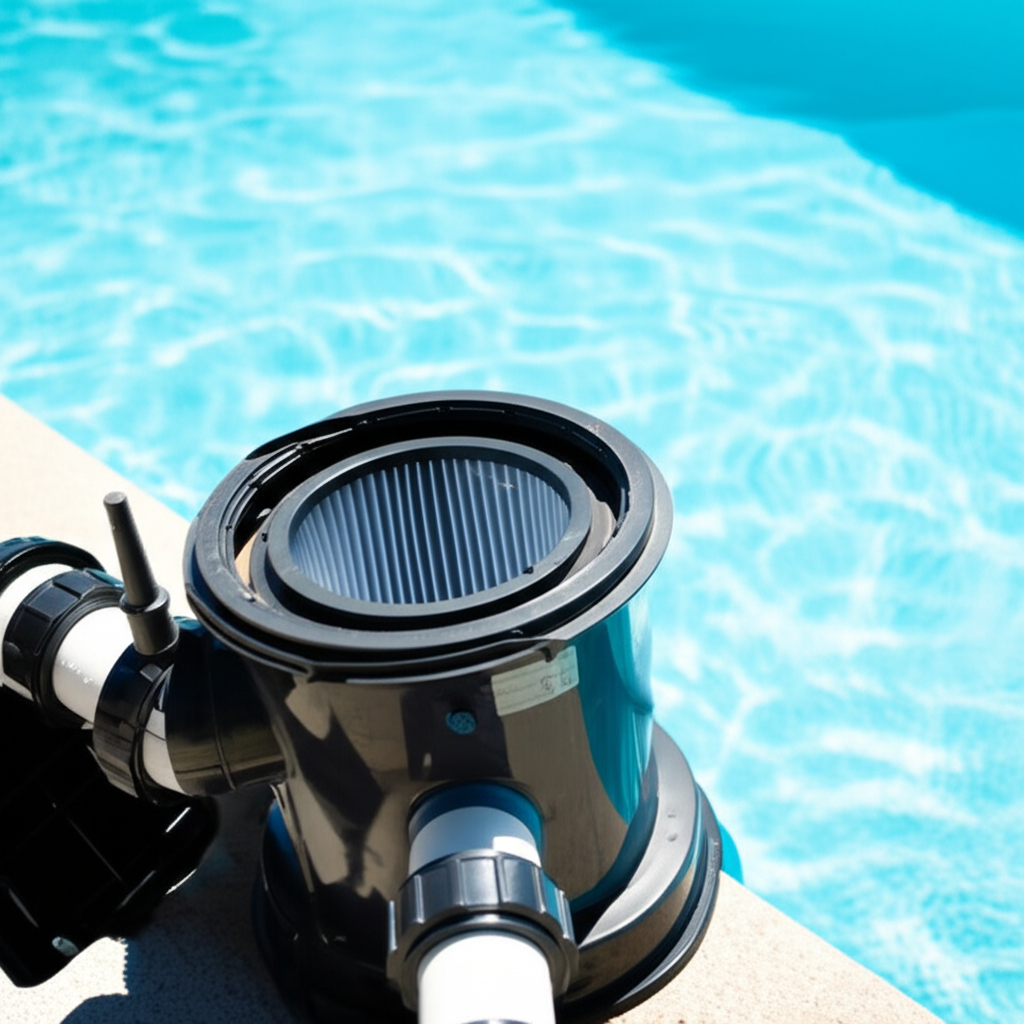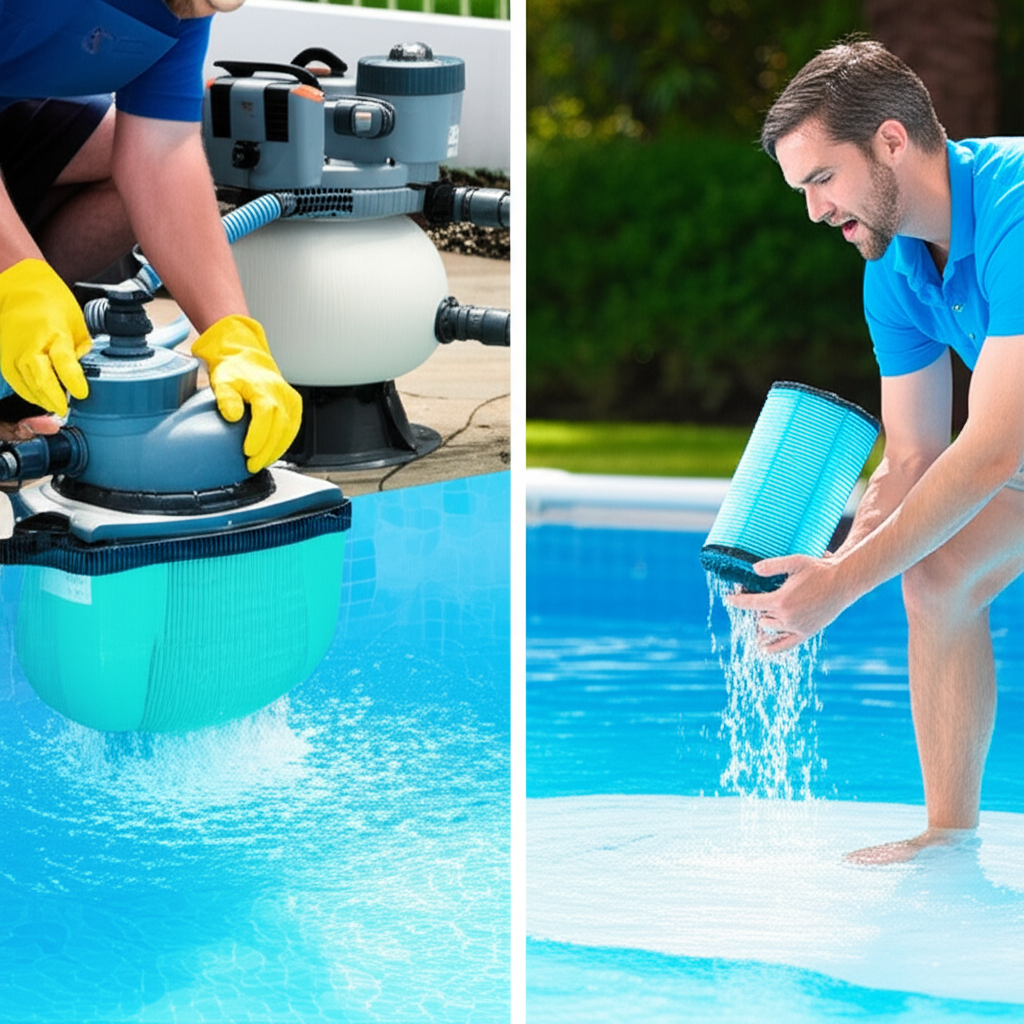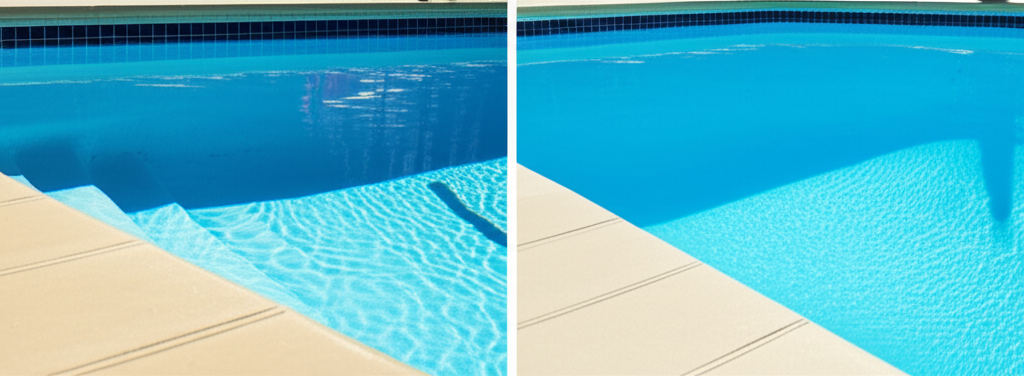- Why Filter Cleaning is Crucial for Your Pool
- Understanding Your Pool Filter Type
- The Sand Filter System
- The Cartridge Filter System
- Effortless Guide to Sand Filter Cleaning (Backwashing)
- Mastering Cartridge Filter Cleaning
- Optimizing Your Pool Filter Cleaning Routine
Pool filter cleaning is a fundamental aspect of maintaining a sparkling, safe, and energy-efficient swimming pool. Far from being a chore, understanding and implementing proper filter care can significantly extend the life of your pool equipment, reduce chemical consumption, and ensure your water remains invitingly clear. Whether you have a robust sand filter or a highly efficient cartridge system, a little knowledge goes a long way in keeping your pool at its best.
Why Filter Cleaning is Crucial for Your Pool
Your pool filter is the unsung hero of your circulation system, trapping everything from microscopic debris and algae spores to leaves and insects. Over time, these accumulated contaminants reduce the filter’s efficiency, leading to several problems:
1. Poor Water Quality: A dirty filter can’t effectively remove impurities, resulting in cloudy water, increased algae growth, and a higher demand for sanitizers like chlorine.
2. Increased Energy Costs: As the filter becomes clogged, the pump has to work harder to push water through, leading to higher electricity bills and unnecessary wear and tear on your pump.
3. Reduced Filter Lifespan: Neglecting regular cleaning can cause physical damage to the filter media or cartridge, necessitating costly replacements sooner than expected.
4. Ineffective Chemical Balance: When water isn’t properly filtered, chemicals can struggle to work efficiently, making it harder to maintain optimal pH and sanitizer levels.
Regular filter cleaning is not just about aesthetics; it’s about protecting your investment and ensuring a healthy swimming environment.
Understanding Your Pool Filter Type
Before you dive into cleaning, it’s essential to know what type of filter system your pool utilizes. The two most common types are sand filters and cartridge filters, each requiring a distinct cleaning approach.
The Sand Filter System
Sand filters are known for their durability and low maintenance. They work by forcing pool water through a bed of specialized filter sand. As water passes through the sand, tiny particles are trapped. Over time, these trapped particles reduce water flow and increase pressure within the filter.
The Cartridge Filter System
Cartridge filters use a woven polyester fabric filter element to trap impurities. They offer excellent filtration down to very small microns. Unlike sand filters, they do not require backwashing. Instead, the filter cartridge itself needs to be removed and manually cleaned.
Effortless Guide to Sand Filter Cleaning (Backwashing)
Cleaning your sand filter is often referred to as “backwashing.” This process reverses the water flow through the filter, flushing out accumulated debris. You’ll know it’s time to backwash when your pressure gauge reads 8-10 PSI above its normal clean operating pressure, or when you notice a significant decrease in water flow from your return jets.
Here’s a simple step-by-step guide:
1. Turn Off the Pump: Always start by turning off your pool pump to prevent damage to the system.
2. Set the Valve: Locate the multiport valve on top or side of your sand filter. Turn the handle to the “BACKWASH” setting. Always ensure the pump is off before changing valve settings.
3. Open Waste Line: If your system has a separate waste line valve, open it to allow dirty water to discharge.
4. Turn On the Pump: Switch your pool pump back on. You’ll see cloudy water flowing out of the waste line, often through a clear sight glass on the multiport valve.
5. Backwash Until Clear: Continue backwashing for 2-3 minutes, or until the water in the sight glass runs clear.
6. Turn Off the Pump: Once the water is clear, turn off the pump again.
7. Set to “RINSE” (Optional but Recommended): Turn the multiport valve handle to the “RINSE” setting. This helps settle the sand bed and remove any remaining debris from the waste line.
8. Turn On and Rinse: Turn the pump on for 30-60 seconds, then turn it off again.
9. Return to “FILTER”: Set the multiport valve back to the “FILTER” position.
10. Restart Pump: Turn your pool pump back on. Check your pressure gauge and note the new, lower operating pressure.
Deep Cleaning Your Sand Filter Media: Periodically, perhaps once a year, you might consider using a specialized sand filter cleaner. These chemicals help break down oils, scale, and other persistent contaminants that backwashing alone can’t remove. Follow the product instructions carefully.
Mastering Cartridge Filter Cleaning
Cleaning a cartridge filter is a bit more hands-on but generally straightforward. You’ll typically need to clean your cartridge when the pressure gauge reads 8-10 PSI above its clean operating pressure, or if you observe diminished water flow.
Here’s how to do it:
1. Turn Off the Pump: Ensure your pool pump is completely off to prevent water from flowing while the filter is open.
2. Relieve Pressure: Locate the air relief valve on top of your filter tank and open it to release any trapped air pressure.
3. Open the Filter Tank: Unclamp or unscrew the filter tank lid following your manufacturer’s instructions.
4. Remove the Cartridge: Carefully pull the filter cartridge(s) out of the tank. They might be heavy with trapped water and debris.
5. Hose Off Debris: Using a standard garden hose with a strong nozzle (avoid high-pressure washers, which can damage the delicate filter fabric), thoroughly spray down the pleats of the cartridge. Work from top to bottom, rotating the cartridge to get all sides. Pay close attention to the tight folds where debris can accumulate.
6. Soak (Optional but Recommended): For a more thorough clean, especially if you have persistent oils, scale, or algae, soak the cartridge overnight in a diluted solution of a specialized cartridge filter cleaner. Follow the product’s mixing instructions. This helps break down stubborn grime.
7. Rinse Thoroughly: After soaking, rinse the cartridge thoroughly with your garden hose until no cleaner residue or foam remains.
8. Inspect for Damage: Before reinstallation, carefully inspect the cartridge for any tears, holes, or damage to the pleats or end caps. A damaged cartridge won’t filter effectively and should be replaced.
9. Reinstall and Reseal: Place the clean cartridge(s) back into the filter tank, ensuring they are seated correctly. Secure the filter tank lid and close the air relief valve.
10. Restart Pump: Turn on your pool pump. Reopen the air relief valve briefly to release any trapped air until a steady stream of water comes out, then close it. Note your new, lower operating pressure.
When to Replace Cartridge Filters: Even with regular cleaning, cartridge filters have a finite lifespan, typically 1 to 3 years, depending on pool usage and maintenance. If your cartridge remains dirty after cleaning, shows signs of damage, or can’t hold consistent pressure, it’s time for a replacement.
Optimizing Your Pool Filter Cleaning Routine
The frequency of your pool filter cleaning routine depends on several factors:
Pool Usage: Heavily used pools or those with a high bather load will need more frequent cleaning.
Environmental Factors: Pools exposed to debris from trees, pollen, or dust storms will clog faster.
Filter Type and Size: Some filters can go longer between cleanings than others.
Manufacturer Recommendations: Always consult your filter’s manual for specific guidelines.
As a general rule of thumb, plan to clean your filter media roughly once a month, or whenever your pressure gauge indicates the need for it. Consistent monitoring of your pressure gauge is your best indicator.
Maintaining a clean and efficient pool filter is not just a task; it’s an essential part of enjoying a clear, sparkling, and healthy swimming experience. By understanding your filter type and following these straightforward cleaning guides, you’ll ensure your pool remains a source of relaxation and fun for seasons to come.



